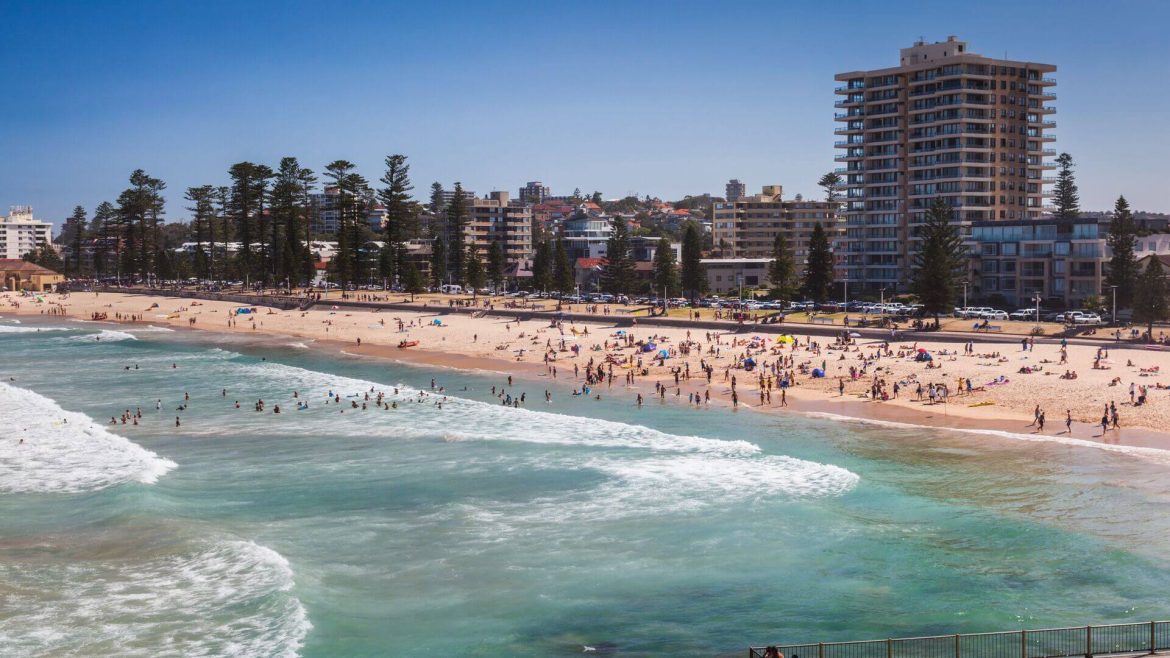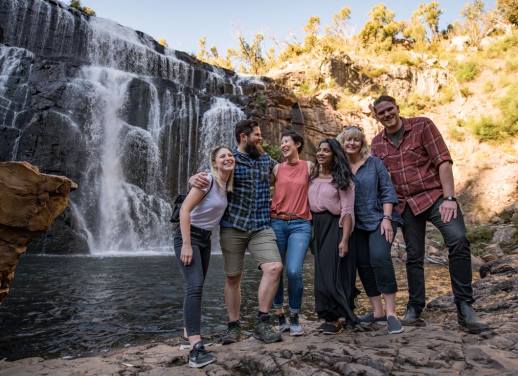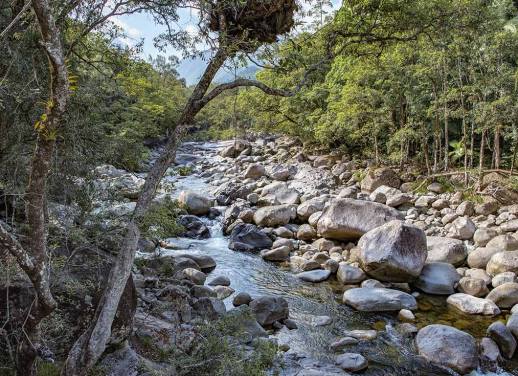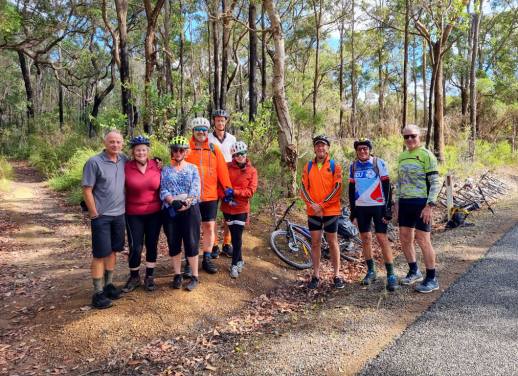Well-known icons like Steve Irwin and Crocodile Dundee are likely to blame for Australia’s ‘dangerous’ reputation, but fear not – Australia is safe (and super stoked to have you).
Australia ranks in the top 20 most peaceful countries, according to Vision of Humanity’s 2025 Global Peace Index. It has low violent crime rates and very few terrorism-related incidents. It is a generally safe destination for LGBTQIA+ travellers and very rarely experiences earthquakes, tsunamis or volcanic eruptions.
And while the wildlife has made a name for itself on talk shows, nature documentaries and various urban legends, I can assure you that most of the time, it does actually stay in the wild. We humans tend to scare off animals, so even during outdoor activities, they’re not likely to come too close.
But if you need a little reassurance, take my word for it as an Aussie writer – you’ve likely been misled about the great Down Under.
But first, let’s address the elephant – or better yet, the koala – in the room: our animal amigos.
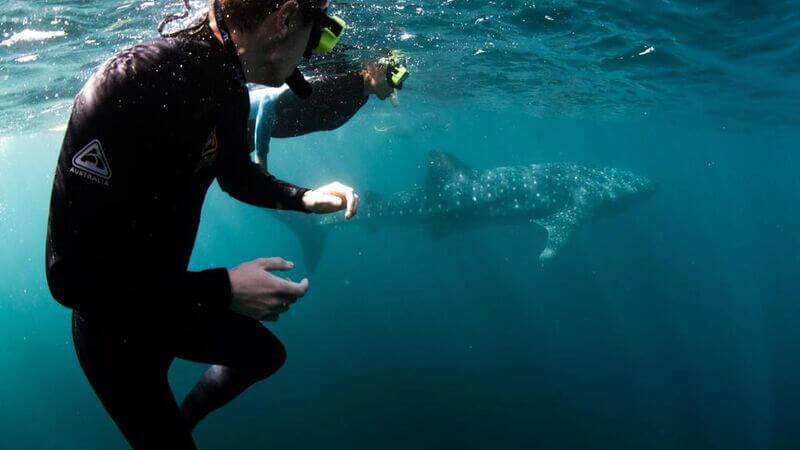
Animals on land and sea: what you need to know
Spiders, snakes, and sharks, oh my!
The big three critters people ask about are snakes, spiders and sharks. And hey, we get it. They’re not exactly the cutest animals out there. So, it might come as a surprise to hear that they’re actually not as big a threat to your Australia holiday as you may think.
Spiders
Spiders are actually doing you a favour by keeping the flying insect population down (such a win). They’re generally harmless, nocturnal, mostly stick outside and are labelled as non-aggressive. You’re unlikely to come into contact with the few harmful species we have in Australia as they prefer to hide away.
Hot tip to avoid an eight-legged interaction: if you’ve left shoes or a backpack outside, shake them out before putting them on.
Snakes
Sure, snakes live in Australia, but so do kangaroos. And just like kangaroos, snakes aren’t usually found in cities and major tourist areas; they prefer to be in their own habitat, typically in the desert or dense bushland. They’re also not very fond of people and are even known to be shy. The best advice? If you see a snake, leave it alone and it’ll do the same.
Take extra precautions when hiking. It’s recommended that you wear closed-toe shoes and long pants. Also, try to make loud stomping noises when moving to scare them off. It’s a good idea to have a guide by your side, especially if bushwalking in an unfamiliar area.
Bushwalks are a uniquely Australian experience, made even more memorable with a First Nations guide who can teach you about the landscapes and share the stories of the people who have lived within them for thousands of years.
Sharks
Once, on a boat trip off the coast of Australia, a passenger asked our captain if there were sharks in the water. Used to this question, he told us to dip our fingers into the ocean and taste the water: ‘If it’s salty, that means there are sharks.’ His message was simple: sharks live in the ocean.
However, in Australia, we do take action to deter them or warn people about certain areas. Some popular beaches use shark nets or even fence-off areas of water to allow swimmers a stress-free dip. Others will have lifeguards who watch for potential movement and ring an alarm to get people out of the water if a shark is sighted. If you’re concerned about swimming in the ocean, opt for a lifeguard-patrolled beach.
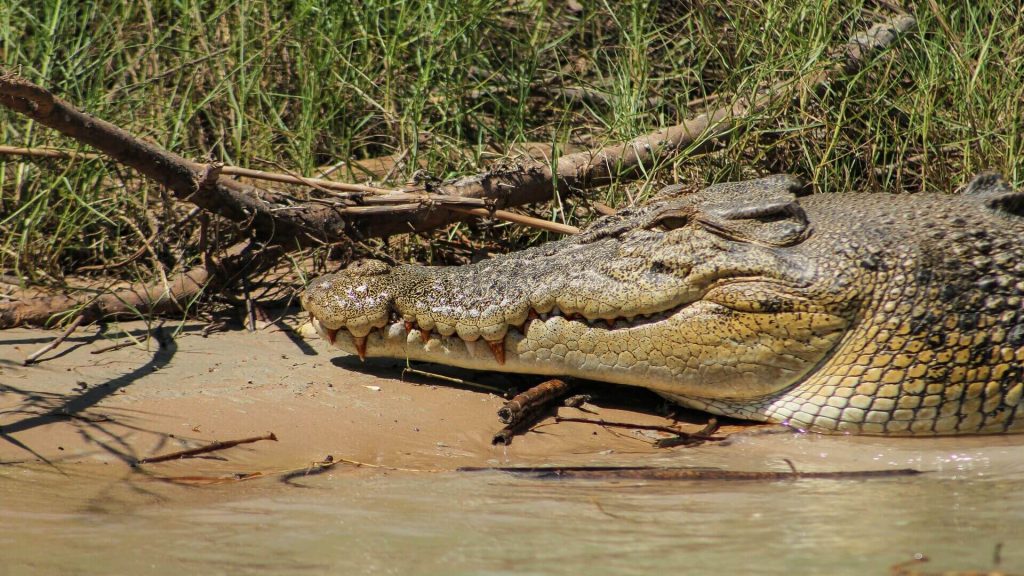
What about crocodiles, jellyfish and stingrays?
So, I’ve cleared the air about the big three, but what about the other toothy, stingy and barbey wildlife that call Australia home?
Crocodiles
In Australia, crocodiles are only found in the far tropical northern regions (so you won’t find one in Sydney Harbour). They like to hang out by any type of saltwater, largely the ocean, rivers, swamps, billabongs (Australian term for natural pools of water) and floodplains. Authorities will monitor popular areas and work to keep them croc-free.
Always check the signs before swimming anywhere, especially in the northern regions of Queensland, the Northern Territory or Western Australia.
Jellyfish and stingrays
The most dangerous jellyfish, the box jellyfish, is found in Australia’s northern waters. Other jellyfish species that can cause painful stinging include bluebottles in the eastern regions of Australia. If you think you’ve been stung, get help from a lifeguard or first-aid professional.
Stinger season runs from around November to April, when jellyfish are found in the water. Ocean swimmers at Australia’s northern beaches, places like Cairns and Whitehaven Beach, are encouraged to wear a ‘stinger suit’ during these times. These full-body suits are usually thinner than regular wetsuits but protect most of the body from stings.
Stingrays sadly have a bad reputation, but they really shouldn’t. These marine animals are not usually aggressive and only use their barbed tail if threatened. Keep an eye out for them before wading into the ocean and avoid contact with the bottom of a reef when diving.
Read more: How travelling in my own country felt as inspiring as a trip overseas
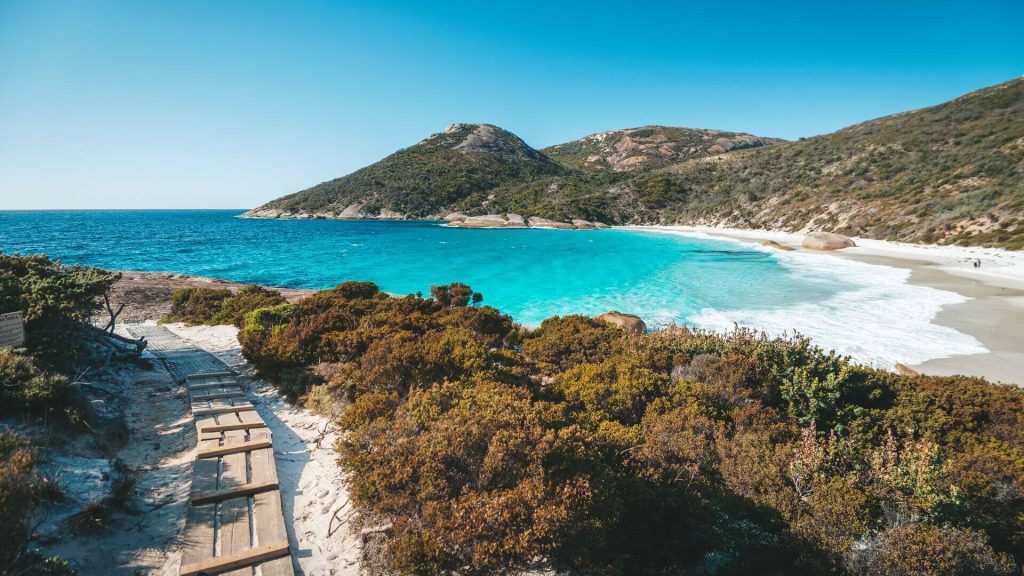
The weather, the sun and the sea
Now that I’ve covered the wildlife, there are still a few things you should know about staying safe in Australia.
Water safety: riptides and ocean swimming
A rip current, or a ‘rip’ to Aussies, is the term used to describe the motion of water as it returns to the sea after coming ashore. This water is often fast-flowing and may take you out to sea if you get caught in it.
How to be safe while ocean swimming:
- Read the signs at the entrance to the beach
Every beach you visit should have signage to tell you if there are any dangers at the beach, such as jellyfish, sharks, rips, etc. Make sure you read and obey all signs - Swim between the red and yellow flags
In Australia, this means it’s the actively patrolled area of the beach where lifeguards are scheduled to watch over swimmers and look for dangers. Lifeguards will only put up flags if there are no rips present so you can swim safely and freely - Know what a rip looks like
A rip is a section of the shoreline that has a deeper blue or brown colour with little to no breaking waves as this is where water returns to the sea - If you get caught, don’t wear yourself out by trying to swim back
Instead, stay calm, float on your back and signal for help - If you’re a strong swimmer, swim parallel to the shore to get out of the current
This will help you to leave the rip and not tire you out as you’ll leave the ocean-bound current
Bushfires, flooding and cyclones
The risk of bushfires, also known as forest fires, is greater during the Australian summer months (December to February); however, governments take active precautions to prevent bushfires as well as enforce fire safety. While it’s unlikely a bushfire will impact your trip to Australia, check the alert level in the region you’re visiting before going out into the bush to hike or camp, especially during summer.
The Australian tropical cyclone season typically runs from around November to April and generally impacts only the northernmost parts of Australia. This time of year is also known as the wet season when there are more monsoonal rains, thunderstorms, high humidity and warm to hot temperatures. Many tourist services in the northern regions of the Northern Territory will even close until the dry season (May to October) starts back up again.
Flooding is another natural process in some areas of the Australian ecosystem and can be very beneficial to the environment. Flooding mostly affects the low-lying floodplain regions of Queensland and New South Wales. It’s unlikely your plans will be affected by flooding.
Sun safety
Did you know that around 18% of Australia is desert and has some of the highest levels of UV radiation in the world? In other words, the sun is really strong in Australia. So, you’ll likely need to be proactive to reduce sunburns and sunstroke when travelling to Australia.
From a young age, Aussies are taught to be sun smart by the phrase: ‘Slip, slop, slap, seek and slide.’ It’s short for slip-on protective clothing, slop-on sunscreen, slap-on a hat, seek shade and slide-on sunglasses.
Read more: How to travel Australia as a non-Indigenous person
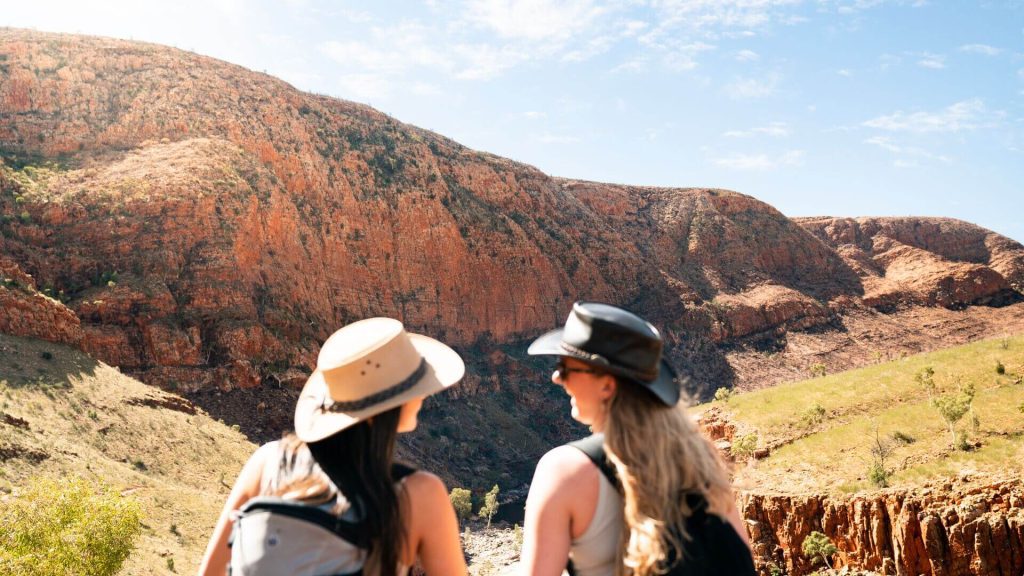
Don’t let the sun ruin the fun. Here’s how to be sun-safe in Australia:
- Use SPF30+ sunscreen (or higher)
Apply 20 minutes before going outside. If possible, try to buy reef-safe sunscreen and reapply every two hours after swimming, sweating or towel-drying - Don’t just rely on sunscreen
Also, ensure you’re covering up with clothing, hats, and sunglasses and staying in the shade where possible
The myths, exaggerations and tall tales
We, as Australians, probably enjoy our label as a country with some of the toughest wildlife a little too much. And while there are people who live and work alongside animals in the wild (think farmers, researchers and park rangers), most of us live a pretty cushy life in suburbia with only a daddy long-leg spider to shoo away every so often.
However, when we travel and are asked about all these deadly and dangerous creatures, there’s no doubt that we enjoy getting reactions from people. We even relish it enough to tell some tall tales about rabid koalas (aka drop bears) threatening us from the trees.
Read more: How locals are rescuing the Daintree Rainforest
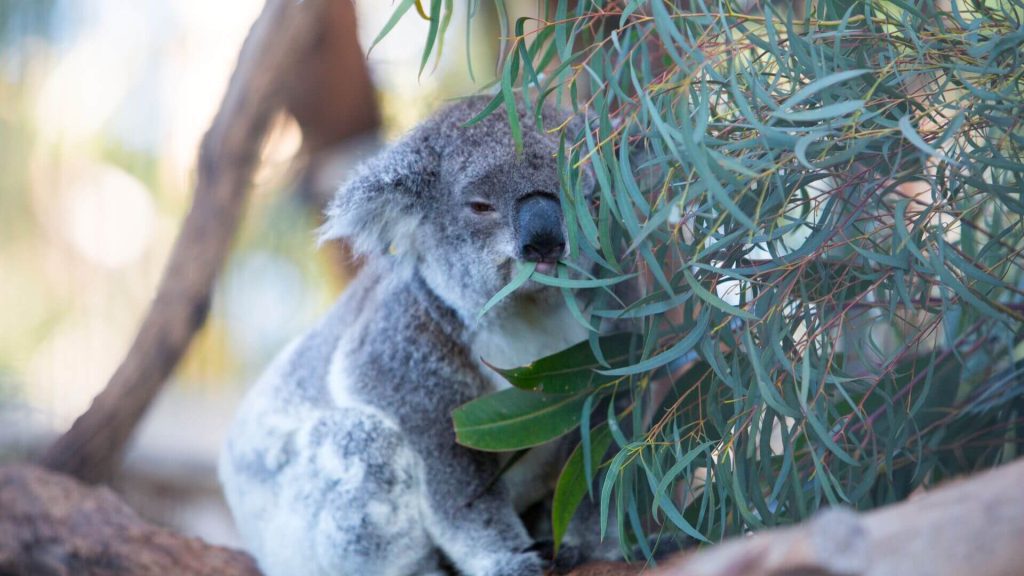
Have we convinced you yet?
Hopefully, your fears have been quashed and you’re ready to hit the waves at Bondi Beach or gaze up at mighty Uluru. And hey, while you’re in town, grab a latte in the laneways of Melbourne or say hello to our adorable quokka friends in Western Australia’s Rottnest Island.
If you’re still in need of a little convincing, why not look over Intrepid’s incredible Australian itineraries, where one of our friendly local leaders will guide you through everything from walks in secluded rocky gorges to award-winning vineyards in South Australia, even snorkelling with tropical fish at the Great Barrier Reef.
Explore everything from Australia’s offshore islands to the Outback on a small-group adventure with Intrepid.

